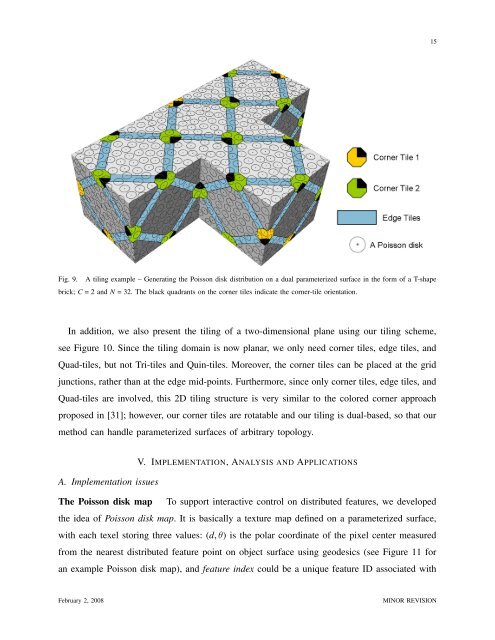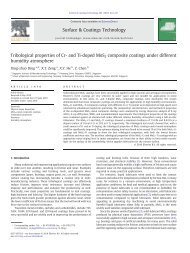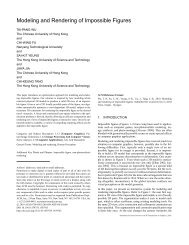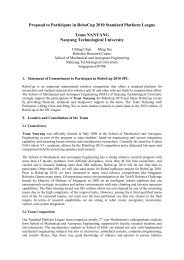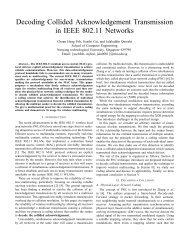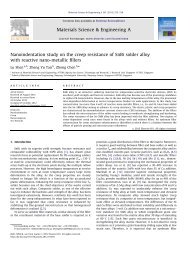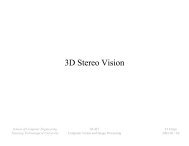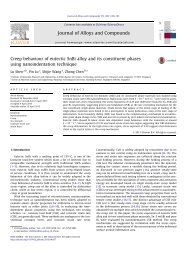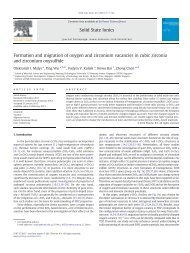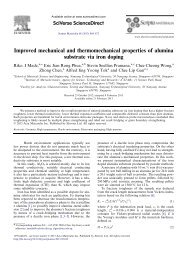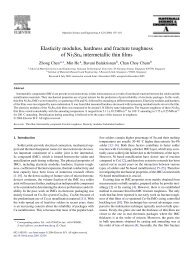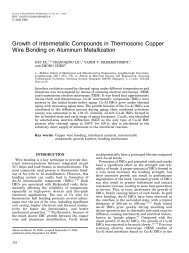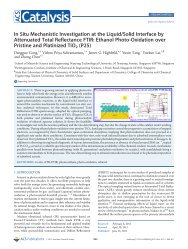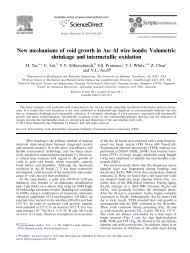ptdist - Nanyang Technological University
ptdist - Nanyang Technological University
ptdist - Nanyang Technological University
Create successful ePaper yourself
Turn your PDF publications into a flip-book with our unique Google optimized e-Paper software.
Fig. 9. A tiling example – Generating the Poisson disk distribution on a dual parameterized surface in the form of a T-shape<br />
brick; C = 2 and N = 32. The black quadrants on the corner tiles indicate the corner-tile orientation.<br />
In addition, we also present the tiling of a two-dimensional plane using our tiling scheme,<br />
see Figure 10. Since the tiling domain is now planar, we only need corner tiles, edge tiles, and<br />
Quad-tiles, but not Tri-tiles and Quin-tiles. Moreover, the corner tiles can be placed at the grid<br />
junctions, rather than at the edge mid-points. Furthermore, since only corner tiles, edge tiles, and<br />
Quad-tiles are involved, this 2D tiling structure is very similar to the colored corner approach<br />
proposed in [31]; however, our corner tiles are rotatable and our tiling is dual-based, so that our<br />
method can handle parameterized surfaces of arbitrary topology.<br />
A. Implementation issues<br />
V. IMPLEMENTATION, ANALYSIS AND APPLICATIONS<br />
The Poisson disk map To support interactive control on distributed features, we developed<br />
the idea of Poisson disk map. It is basically a texture map defined on a parameterized surface,<br />
with each texel storing three values: (d, θ) is the polar coordinate of the pixel center measured<br />
from the nearest distributed feature point on object surface using geodesics (see Figure 11 for<br />
an example Poisson disk map), and feature index could be a unique feature ID associated with<br />
February 2, 2008 MINOR REVISION<br />
15


